Slobot About Town LXXXII:
 |
 |
Slobot explores Chinquapin Creek!
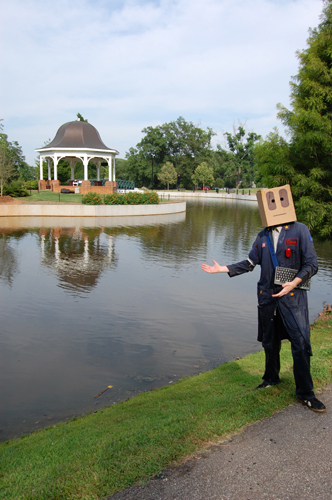
It was a searing summer day, and Slobot was tarrying at Cleveland Park.

The cooling waters of Cleveland Park Lake were far too tempting for a scorched Slobot. |

As Slobot slid across the water, he came to wonder what fed the lake in which he floated. |
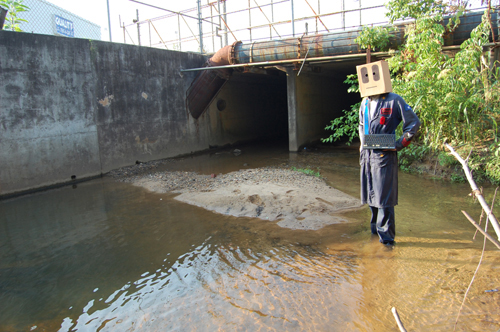
Slobot followed the creek that flowed out of Cleveland Park Lake. Slobot followed it under Asheville Highway, past Berry Field and under Highway 9. Eventually the creek merged with another, and Slobot realized that he had been following the lower branch of the Chinquapin Creek. |
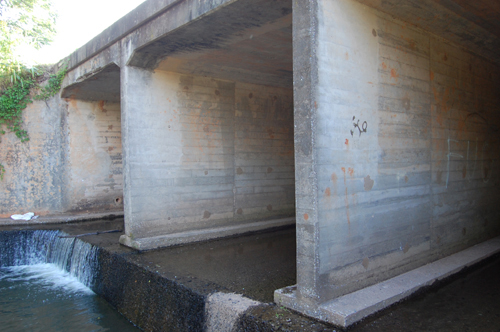
It would be near here, where the lower and upper Chinquapin Creeks meet, that Dr. James Bivings would build a small mill. The waters of the Chinquapin, however, were not enough to power the mill and so, by 1846, the mill had been dismantled. It was also near here that, in ~1888, the Spartanburg Water System's original water plant, the Chinquapin Filter Plant, would be built. The plant began as a private venture, but, by 1900, it would belong to a consortium of such Spartanburg notables as John H. Montgomery, D. E. Converse and Jesse Cleveland. Together they were the Home Water Supply Company and they would run Spartanburg's water supply until 1907 when, by local referendum, the city of Spartanburg took control. |
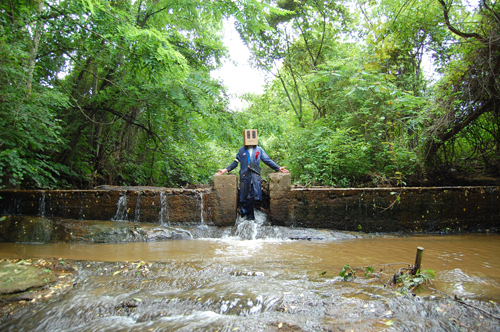
Up on the upper branch of the Chinquapin, near where Highway 9 crosses I-585, Slobot found the remains of Spartanburg's first reservoir! |
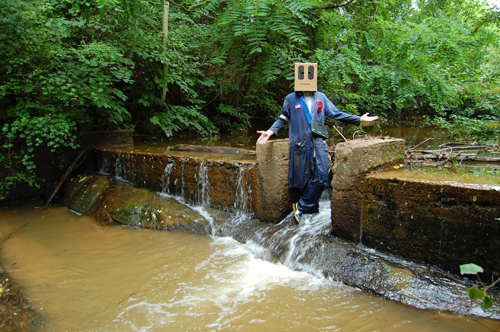
This modest dam once retained up to 10,000,000 gallons of water!
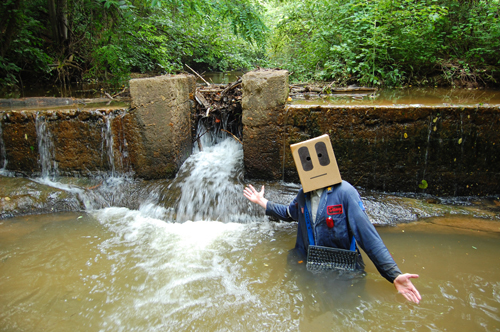
The water here would be piped to the Spartanburg Water Works Pumping Station and on to the people of Spartanburg. |
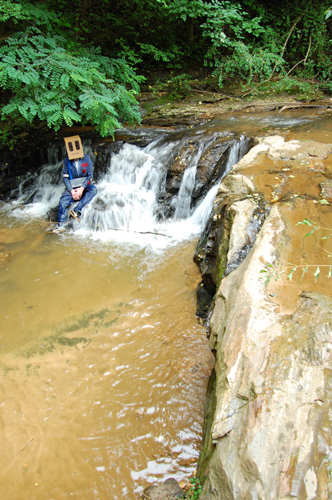
By 1925 a new dam had been built on the South Pacolet River, and so the Chinquapin reservoir began its slow descent into obscurity. |
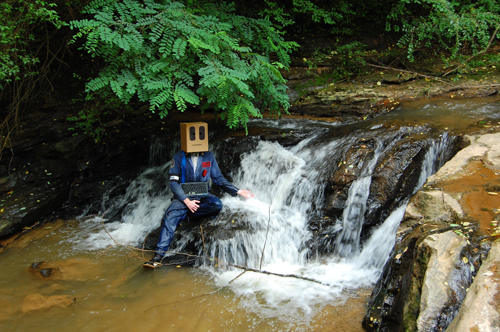
But the waters here, below the old Chinquapin dam, still flow south to their convergence with those of the lower Chinquapin. |
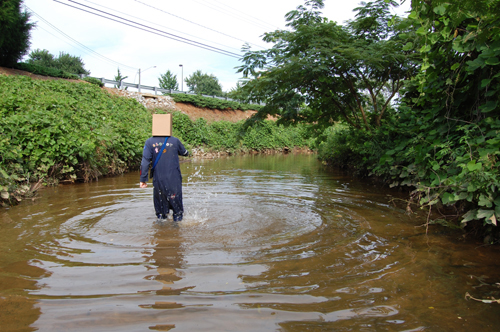
Slobot followed the converged Chinquapin towards Pine Street.
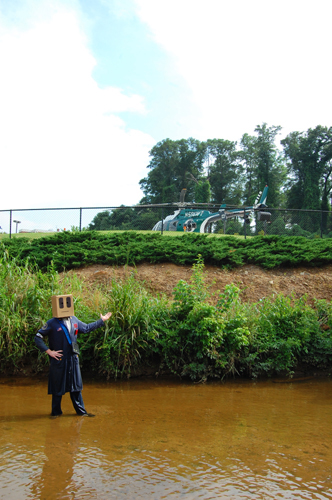
From the Chinquapin Creek bed Slobot spied a whirlybird on a helipad!
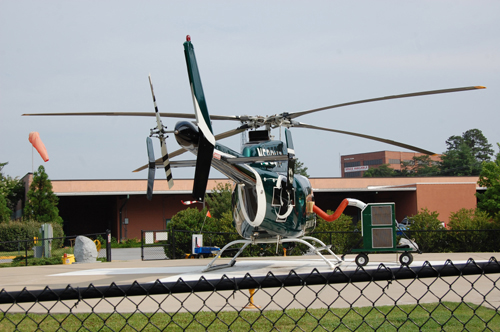
The whirlybird was Regional One, the helicopter ambulance of Spartanburg Regional Medical Center! |
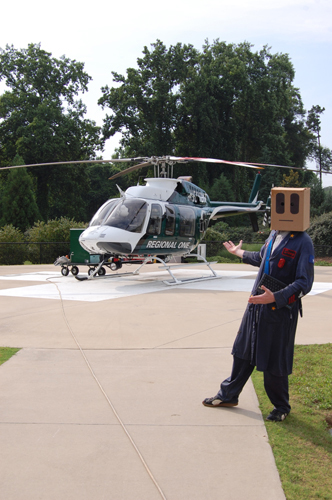
In May of 2003 Spartanburg Regional Medical Center announced the beginning of a regional helicopter ambulance service. The ambulance would serve the South Carolina counties of Spartanburg, Cherokee, Union, Laurens and the North Carolina counties of Polk and Rutherford. |
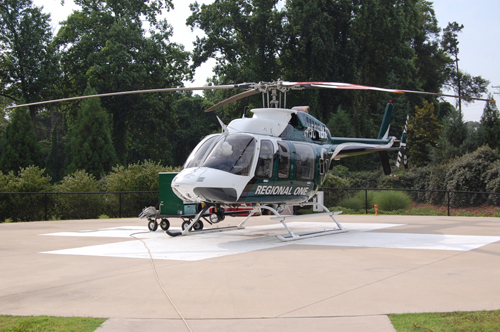
The original Regional One, a Bell 407 with the N-number 503MT, and her crew met with a sad fate. It was July 13, 2004, and Regional One departed Spartanburg Regional Medical Center on mission #587. On board were Bob Giard, 41, pilot;
David S. Bacon Jr., 31, flight paramedic and
Glenda Tessnear, 42, flight nurse. |
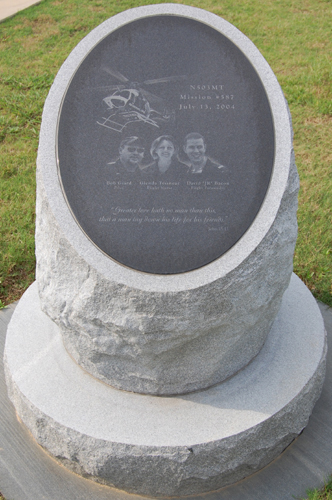
They were on their way to Newberry County to retrieve Alicia May Goodwin, 27, who had been found with a broken leg on the median of I-26. Shortly after securing the patient and taking off, Regional One would collide with trees in what would eventually be ruled a fog-related crash near a rest area at mile marker 64 on I-26. Today the crew of that fateful flight are memorialized at the Regional One helipad. |
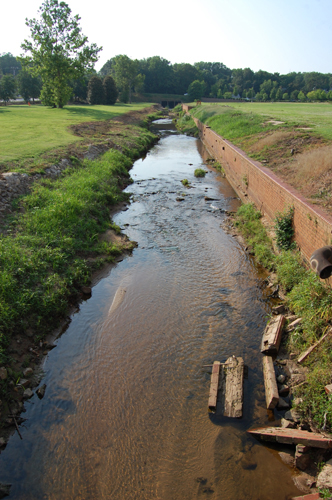
From the helipad Slobot continued to follow the Chinquapin. He followed it under Pine Street and below Garner Road. He followed it under the CSX train trestle. He followed it all the way to Beaumont Mill. |
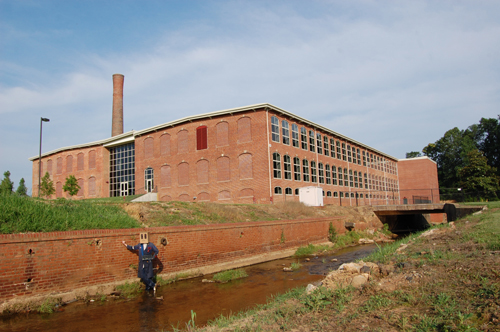
The original Beaumont Mill was a one-story affair built along the Richmond and Danville Railroad in 1890. |
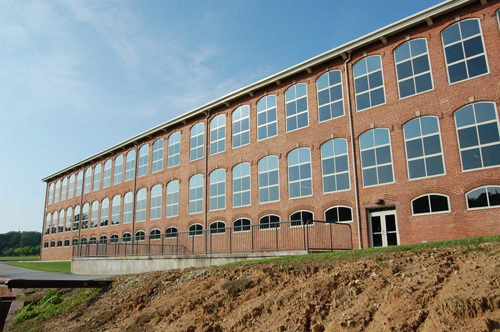
Walter S. Montgomery, Sr. and his Spartan Mills acquired Beaumont at the onset of World War II. During World War II Beaumont would produce cloth for government, and, in doing so, distinguish itself by winning a number of Army-Navy "E" Awards. |

In the post-war era Beaumont Mill would gain national attention because of its involvement in Sherbert v. Verner. Adell Hoppes Sherbert had worked for Beaumont Mills for some 35 years when, in 1959, she was fired for not working her assigned Saturday shift. Sherbert, you see, was a Seventh-Day Adventist. Sherbert sought unemployment but was denied based on her refusal to work on Saturday. Sherbert sought appeal, and, through a complicated chain of events, found herself in a case against Charlie Verner of the South Carolina Employment Security Commission. On June 17, 1963 the US Supreme Court ruled 7-2 that the South Carolina Employment Security Commission had restricted her free exercise of religion in not granting her unemployment compensation. |
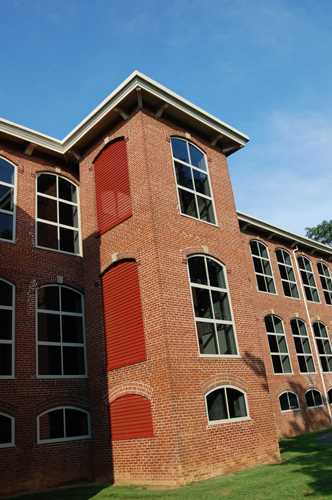
Beaumont closed in 1999. In subsequent years Beaumont was partially demolished and dismantled. The remainder of the mill was renovated in 2004; part of it now houses the Southern Conference offices. |
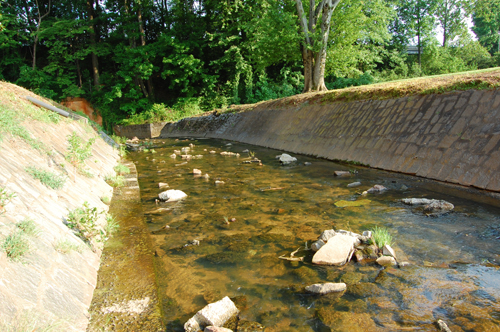
Below the Beaumont the Chinquapin continues to flow to its confluence with Lawson's Fork Creek. |
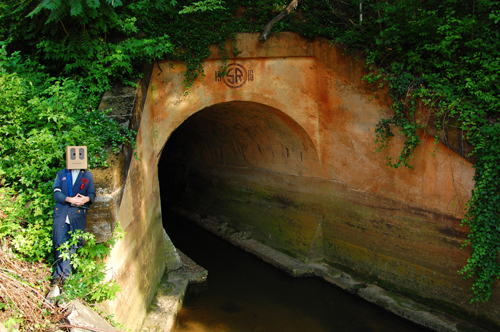
By 1916 the former Richmond and Danville Railroad had become the Southern Railroad, and they had built this tremendous tunnel. |
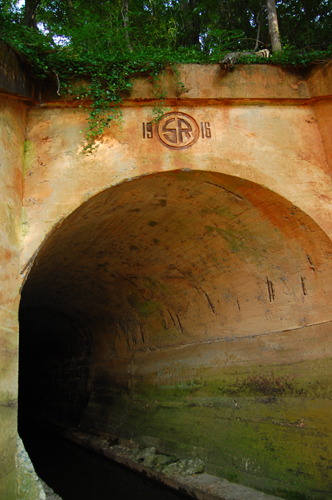
It is through this magnificent old tunnel that the Chinquapin flows.
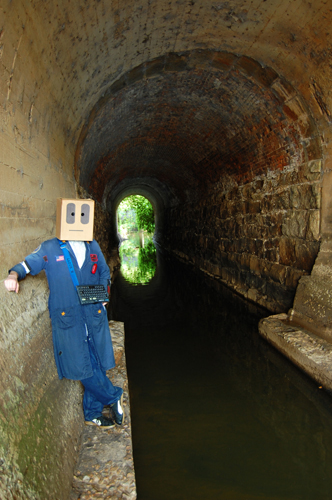
Today the Southern Railroad is part of the Norfolk Southern Railway...
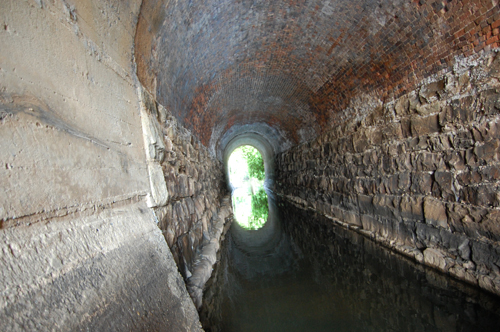
and its trains still rumble far above the Chinquapin. Slobot would like to thank Spartanburg Regional Medical Center, the Southern Conference and YOU! |
